All hail the silly illustrated book. We reviewed a great silly book the other week, but it’s never too soon to read the silly again. Much like the well-respected Ministry of Silly Walks, a silly book is mandatory for carpet-time readers and the read-aloud crowd. All at Once Upon a Time is peak silly. To older audiences, it could be viewed as an absurd upending of fairytale tropes that most audiences can quote ad infinitum. Younger audiences who don’t know the tropes will enjoy All at Once Upon a Time because of the energy and laughter it produces from the things they thought would happen.
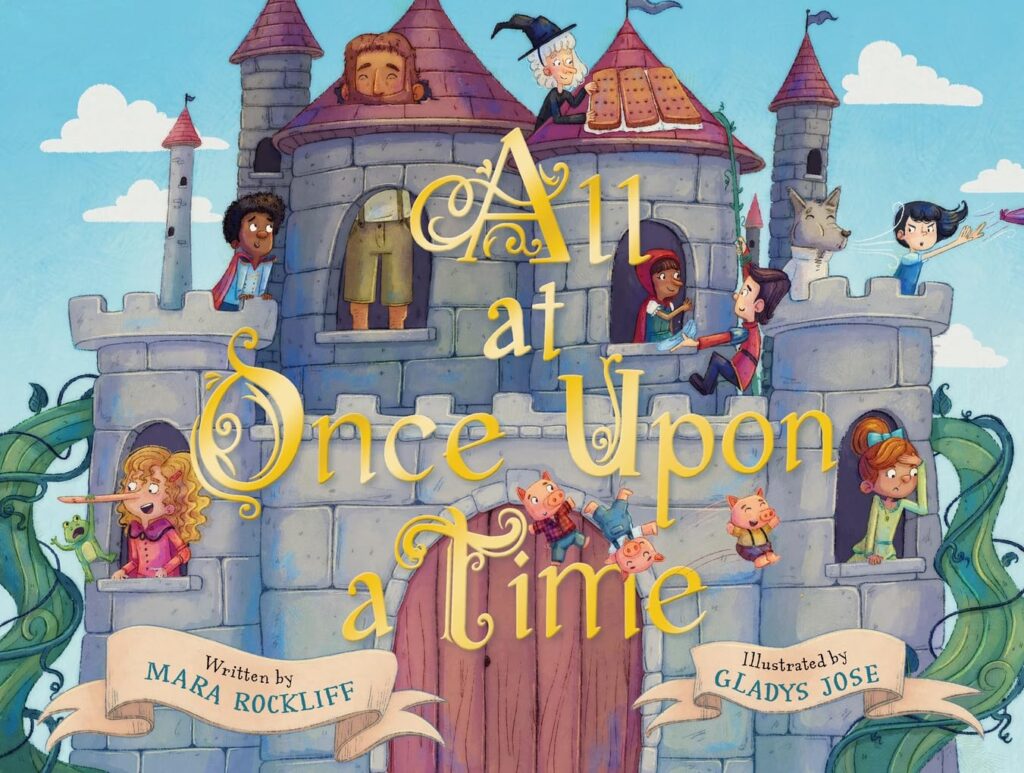

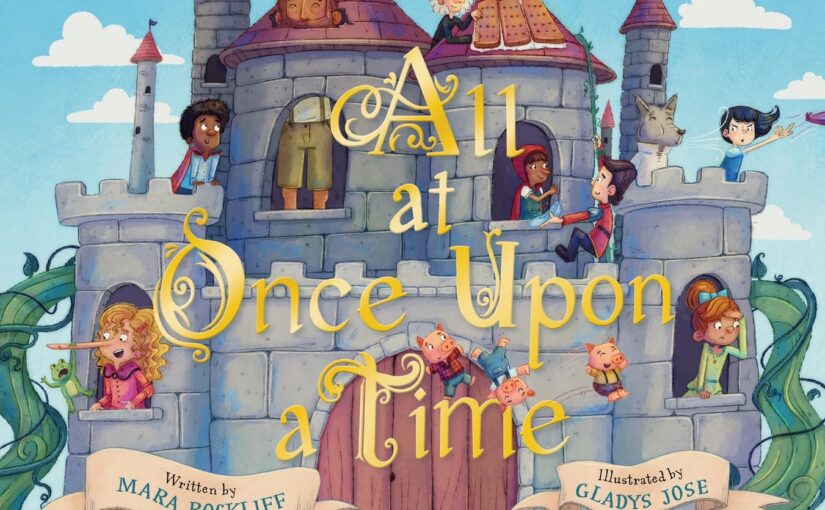
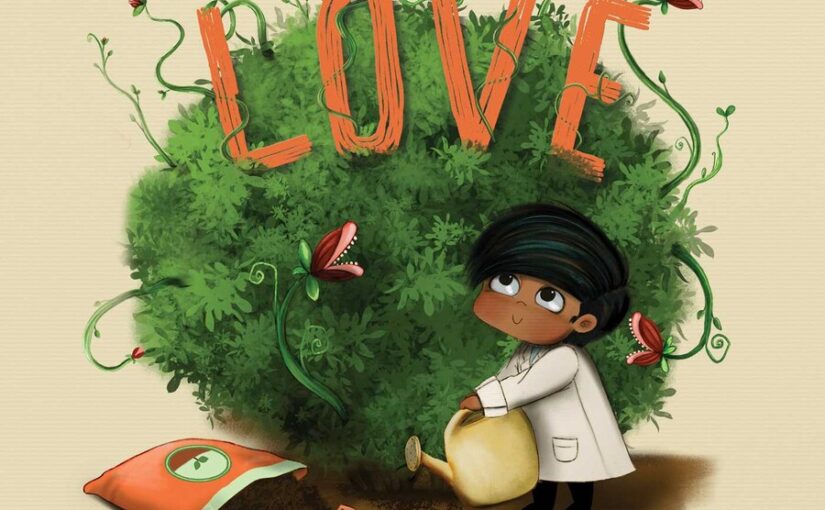
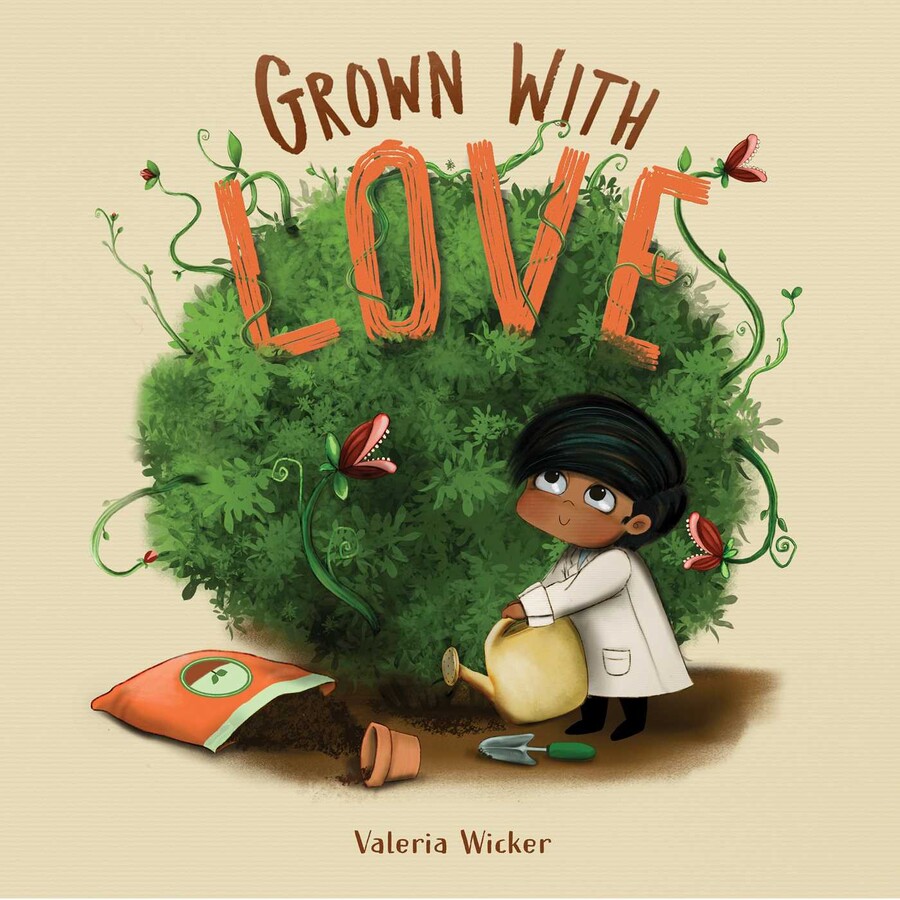
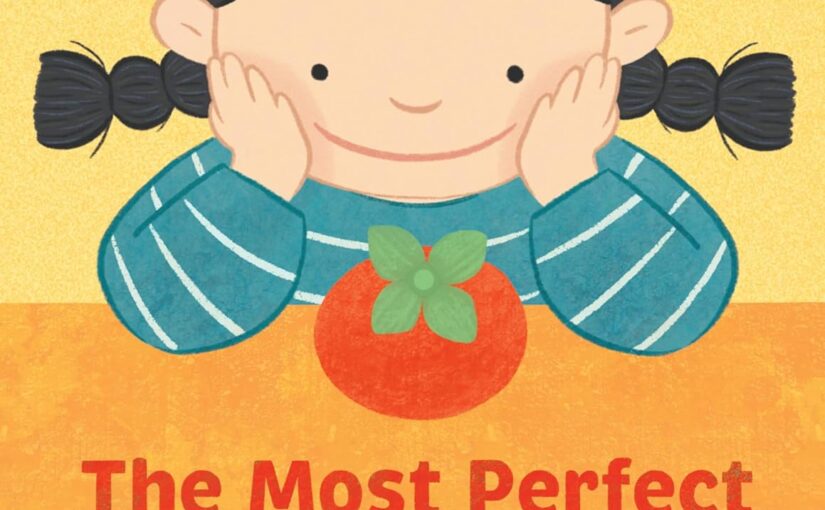
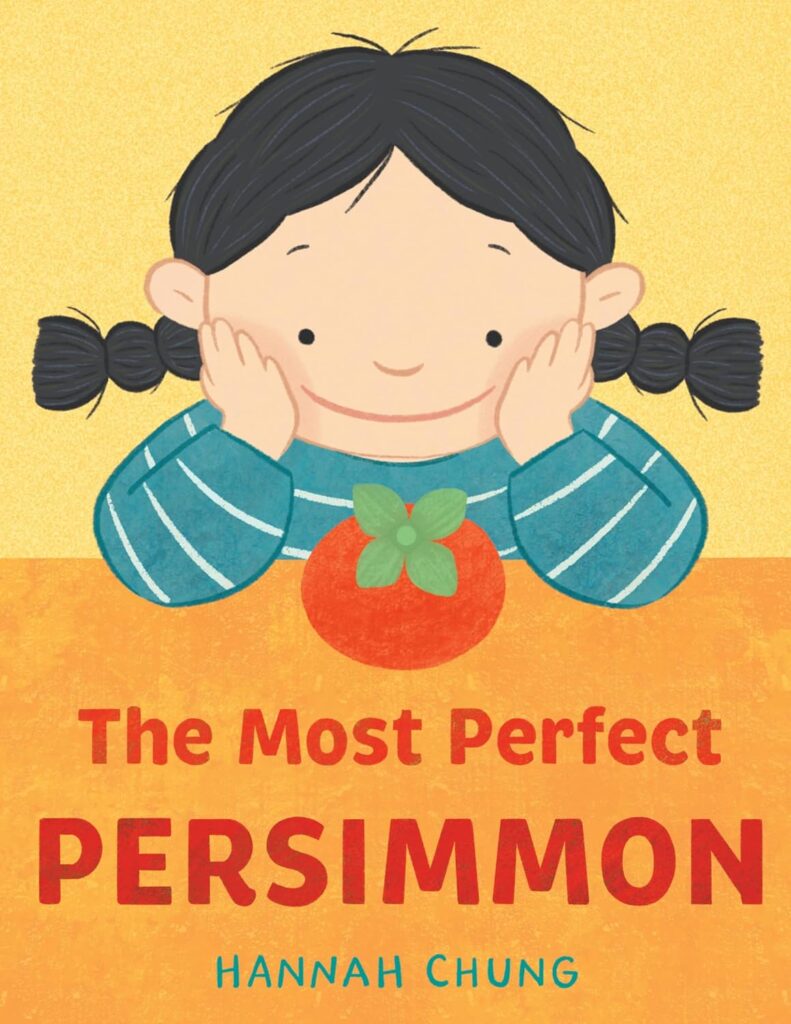
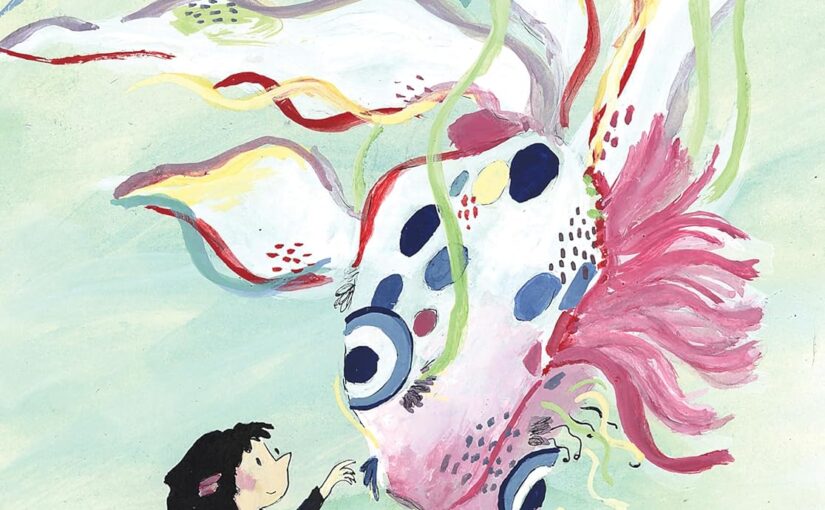
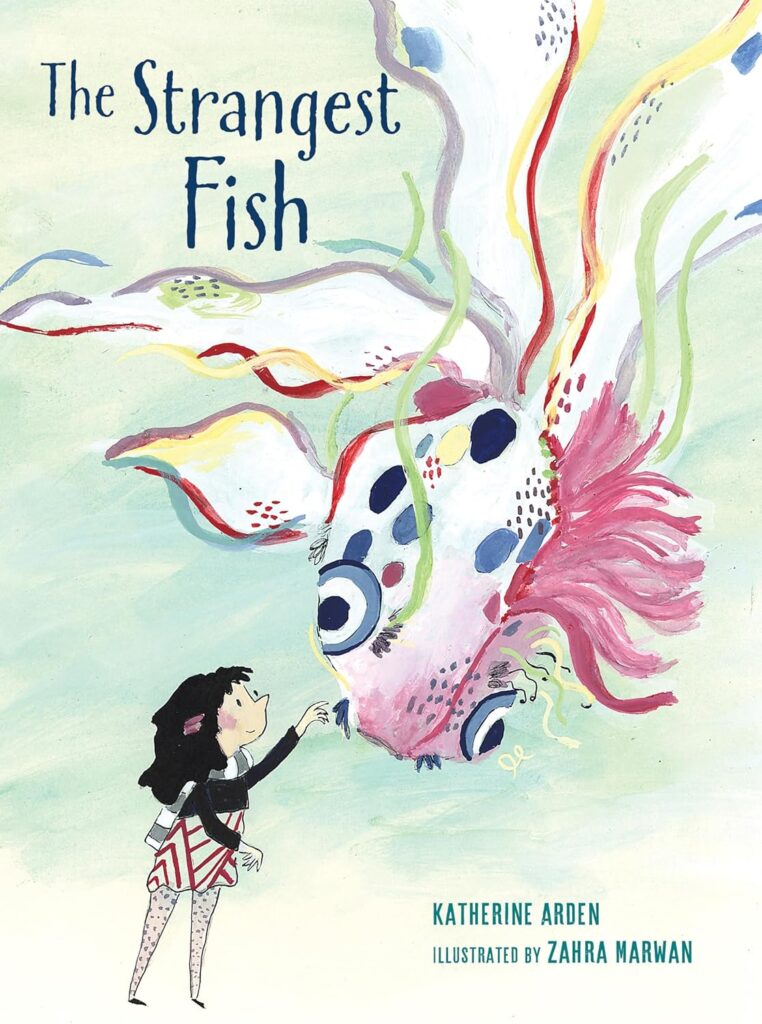
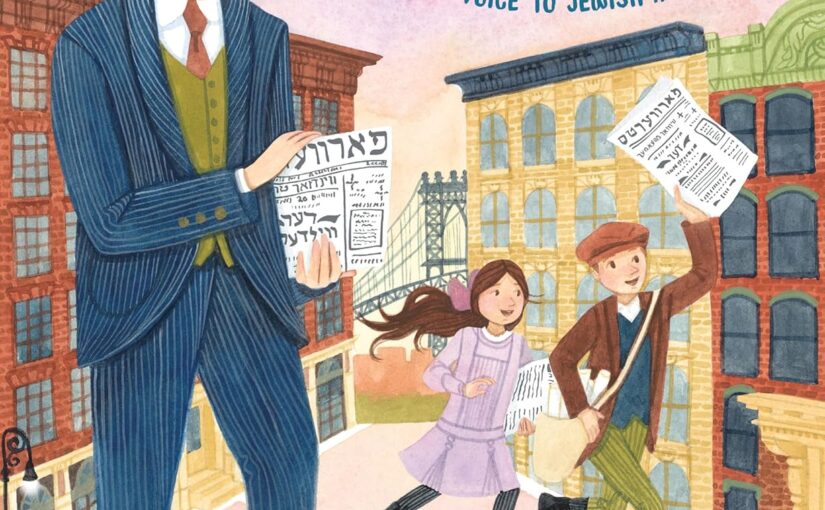
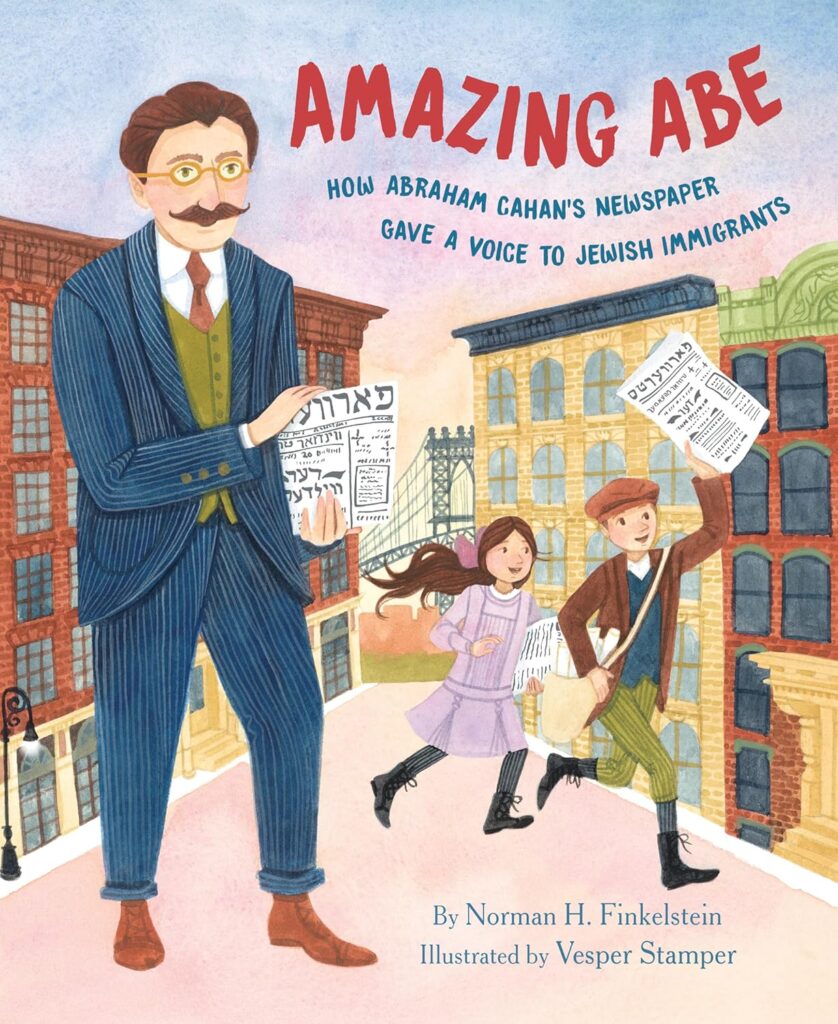
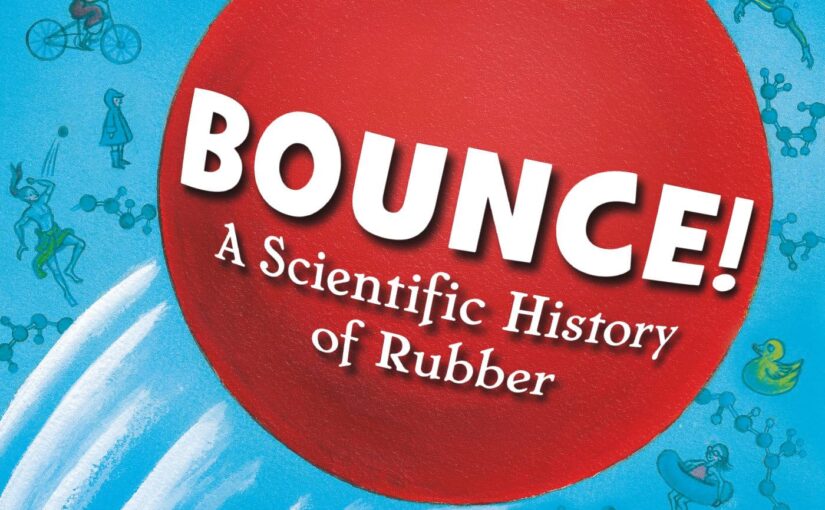
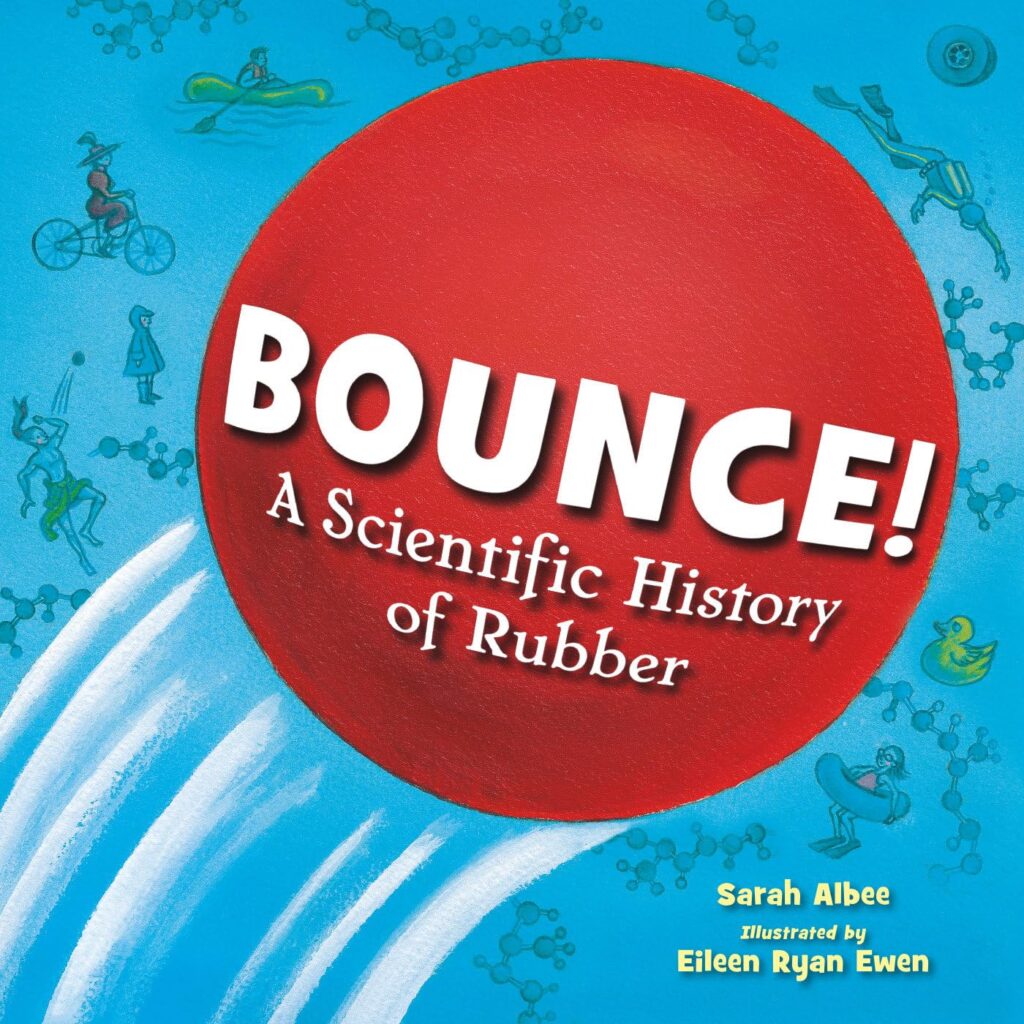
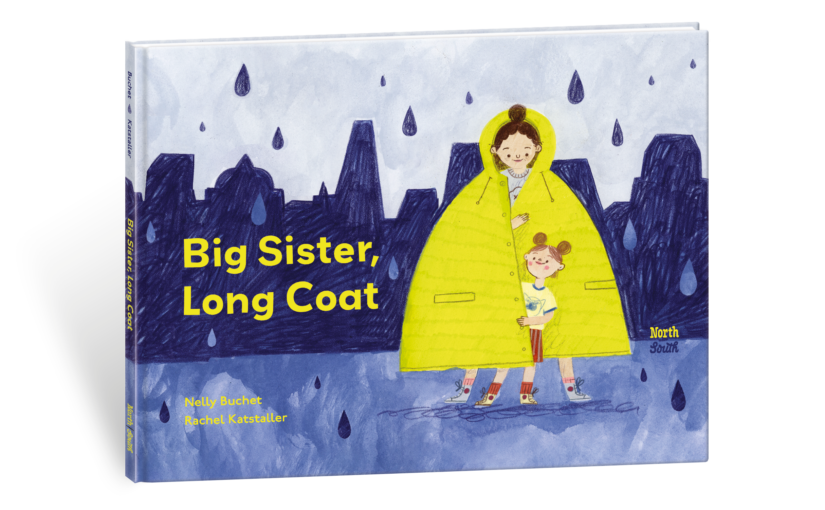
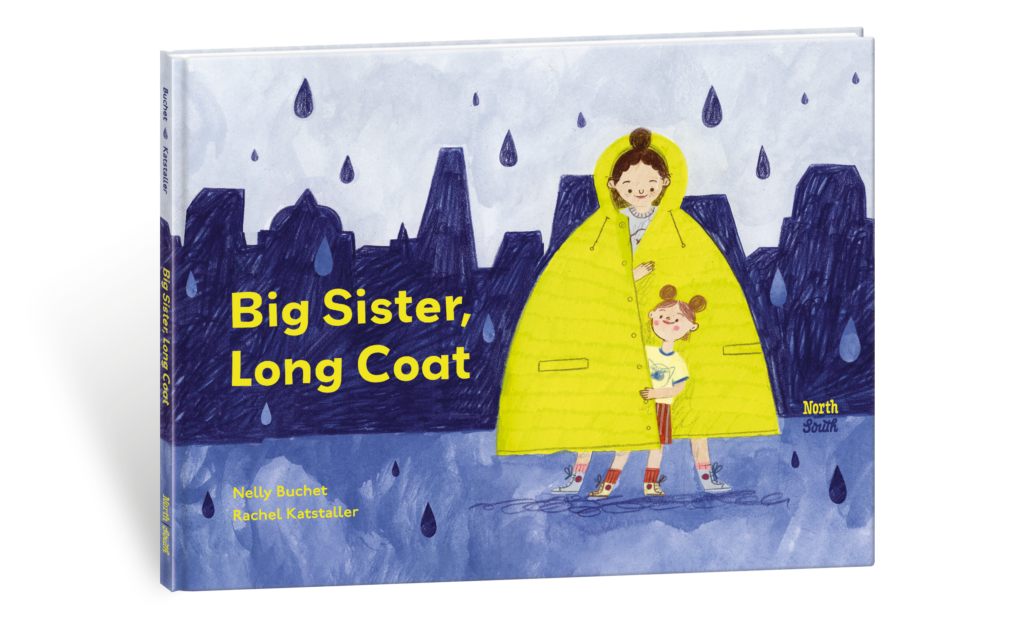
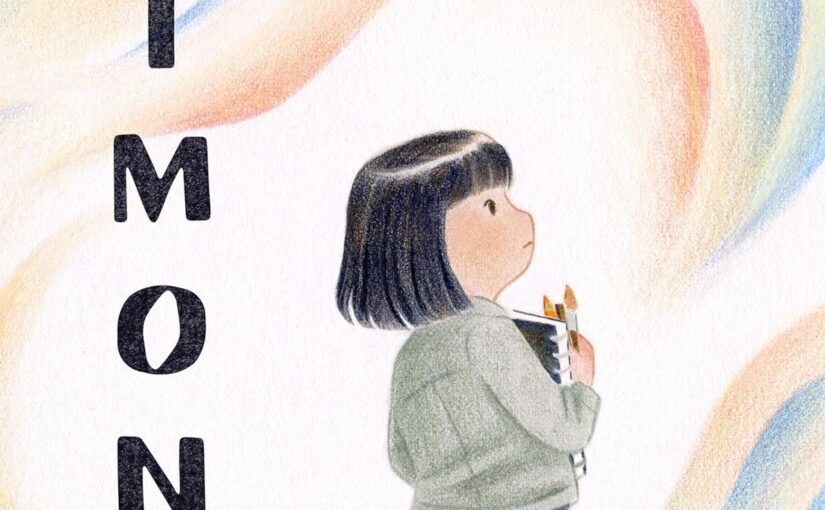
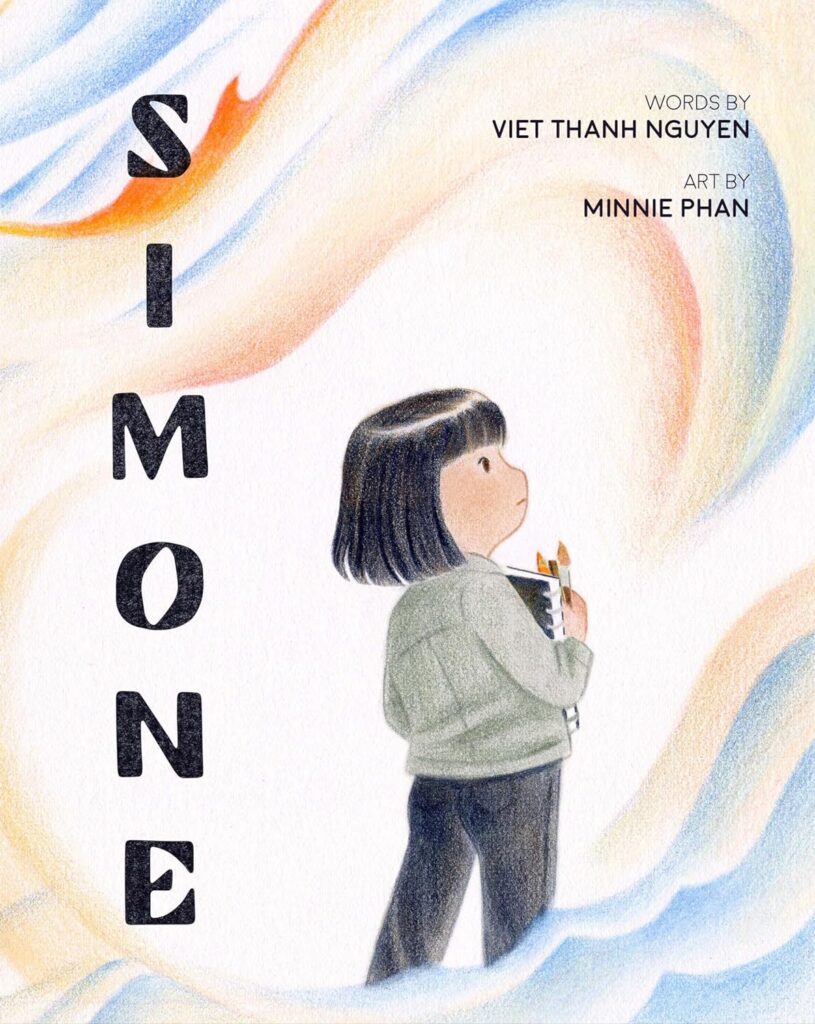


 Facebook
Facebook Twitter
Twitter Flickr
Flickr GooglePlus
GooglePlus Youtube
Youtube